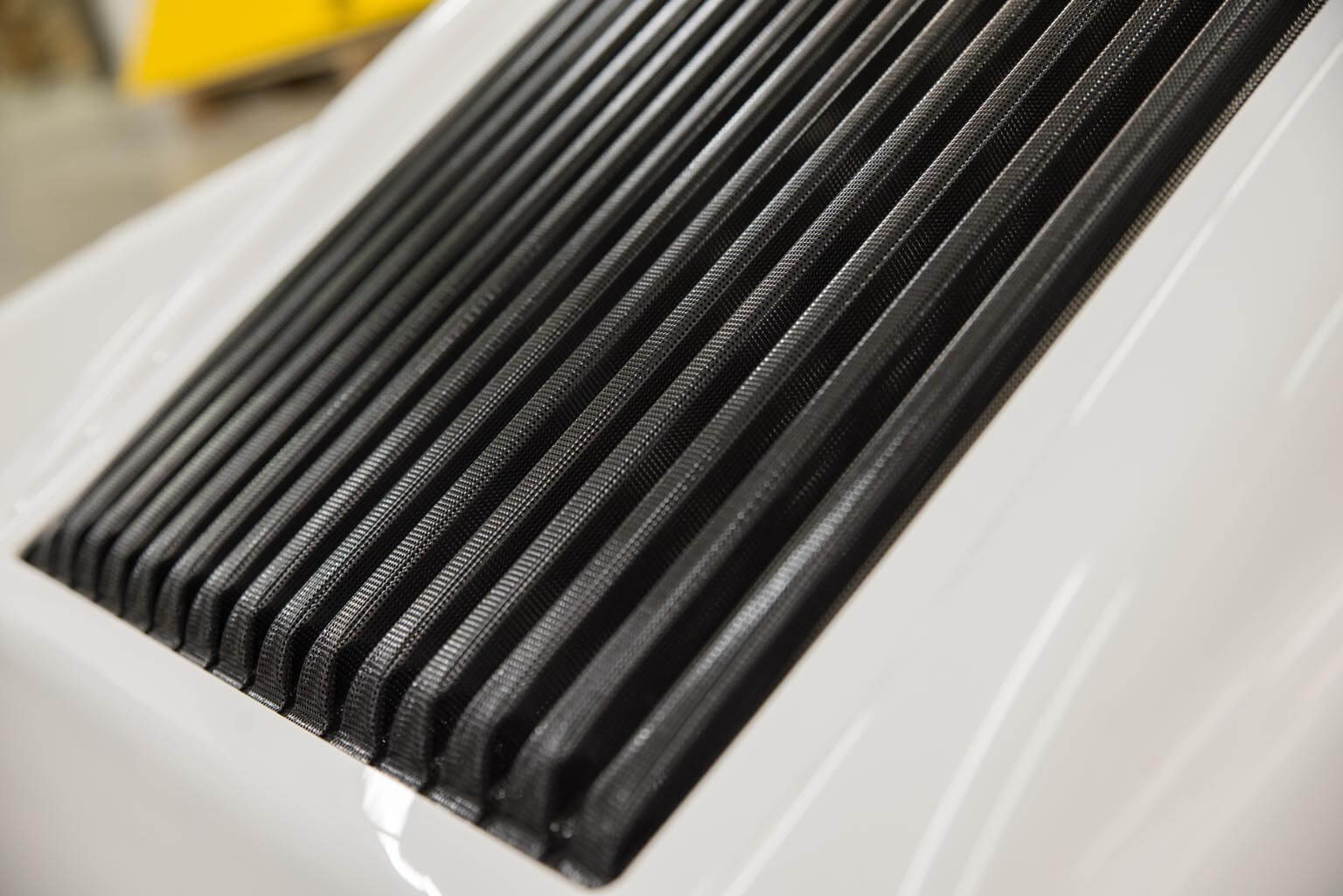Thermoplastic composites are getting a lot of attention these days as many industries are increasingly using them to replace various metallic and thermoset composite parts. By definition, thermoplastics are a plastic polymer material that becomes pliable or moldable at a certain elevated temperature and solidifies upon cooling. Thanks to their higher impact resistance, unique processing possibilities, lightweight properties, strength, and environmental advantages, thermoplastic composites can help reduce fuel costs while increasing environmental sustainability.
Unlike traditional thermoset composites – which require lengthy production times and large, costly autoclave ovens – thermoplastics are produced out-of-autoclave and can be stamp-formed in their required shape in just a few minutes. Whereas the forming of thermoset composites is based on solidification through chemical reactions, thermoplastics are formed through physical principles based on remelting and no chemical reactions are needed during its forming processes. Thermoplastics can be heat-molded and reshaped multiple times, making them recyclable and environmentally friendly. Thermoplastics can have glass fiber, carbon fiber, or other types of materials added to increase strength and durability.
The reduced cycle times combined with increased levels of automation provide significant cost savings when comparing thermoplastics to thermosets. Thermoplastics can be a great option for low, mid, and high yearly volumes. Their high durability can withstand extreme temperatures while their low density and unique material characteristics can reduce the overall weight, thereby increasing fuel efficiency and making them ideal materials for many industries, including EVs (Electric Vehicles).
The combination of high-speed automation with advanced material science allows for a wide range of uses for continuous fiber-reinforced composites. Originally limited to niche applications in the aerospace industry, thermoplastic composites lacked an affordable conversion technology to turn these materials into finished parts. That has changed and now affordably is a key component of thermoplastic composites. This enables the widespread use of thermoplastic materials, affordably, in all markets.
Our application development team will work with you from initial part design and testing all the way through full production implementation. We bring composite design expertise, creative problem-solving, and a unique production-oriented thought process to help you succeed. Every decision we make throughout the process is informed by production economics, with a singular focus on enabling our customers to utilize advanced composites in a meaningful and affordable way.
Carbon fiber-reinforced thermoplastic (CFRTP) unidirectional (UD) tape uses recycled continuous carbon fiber. Pre-preg is a composite material made from “pre-impregnated” fibers and a partially cured polymer matrix, such as epoxy or phenolic resin, or even thermoplastic mixed with liquid rubbers or resins.[1] The fibers often take the form of a weave, and the matrix is used to bond them together and to other components during manufacture. The thermoset matrix is only partially cured to allow easy handling; this B-Stage material requires cold storage to prevent complete curing. B-Stage pre-preg is always stored in cooled areas since heat accelerates complete polymerization.

